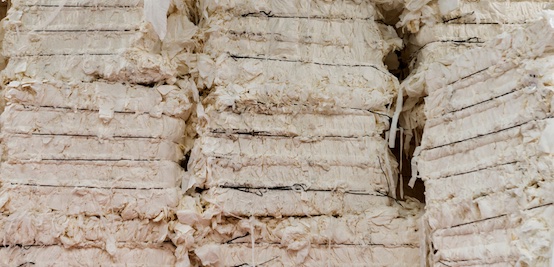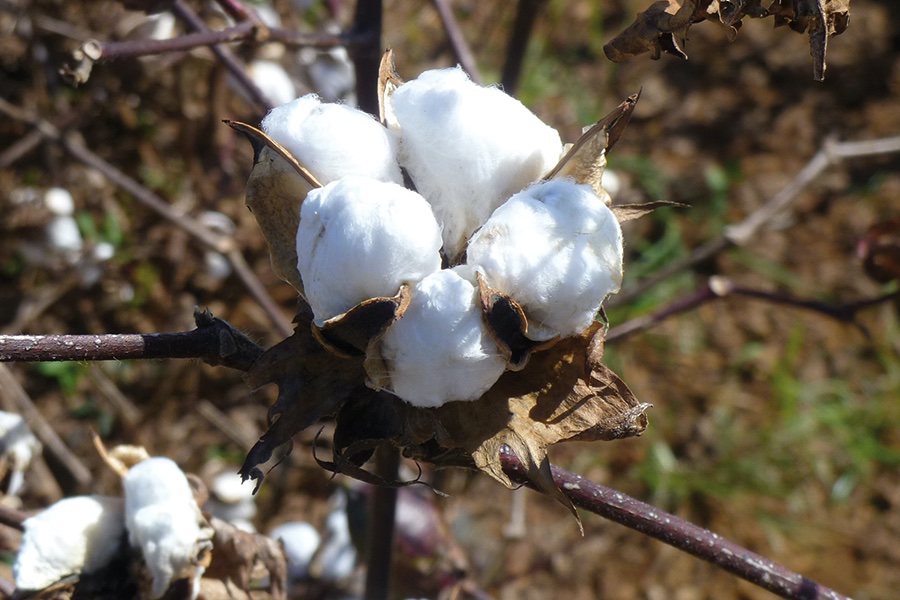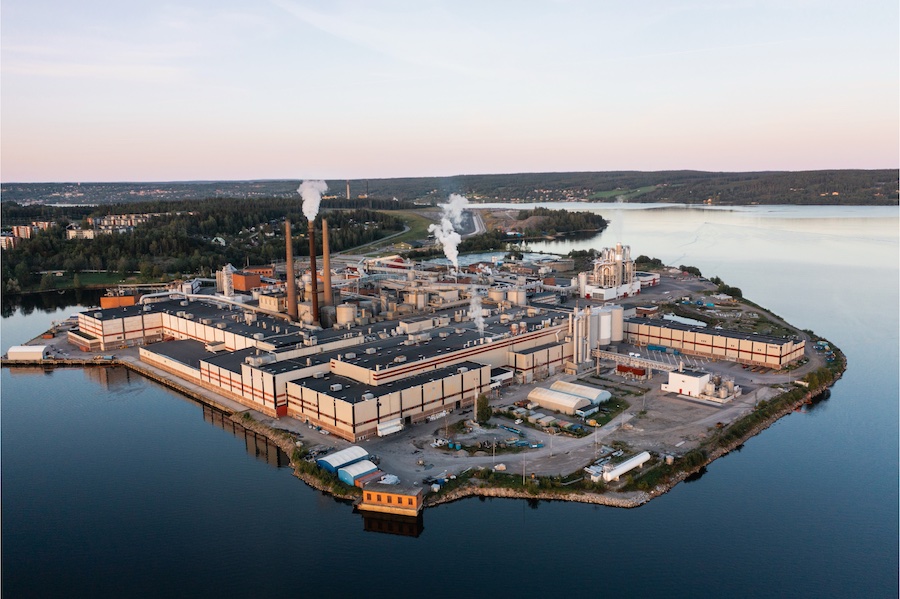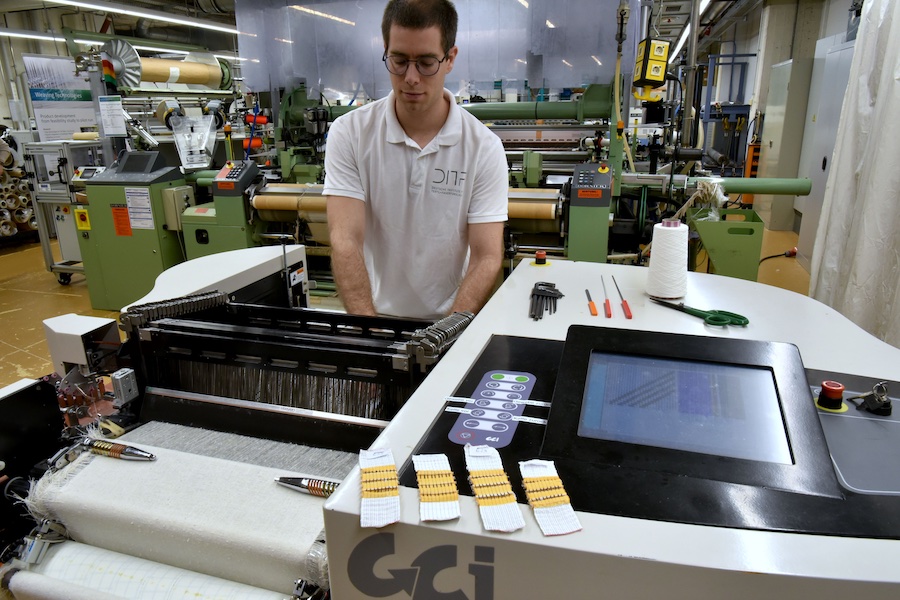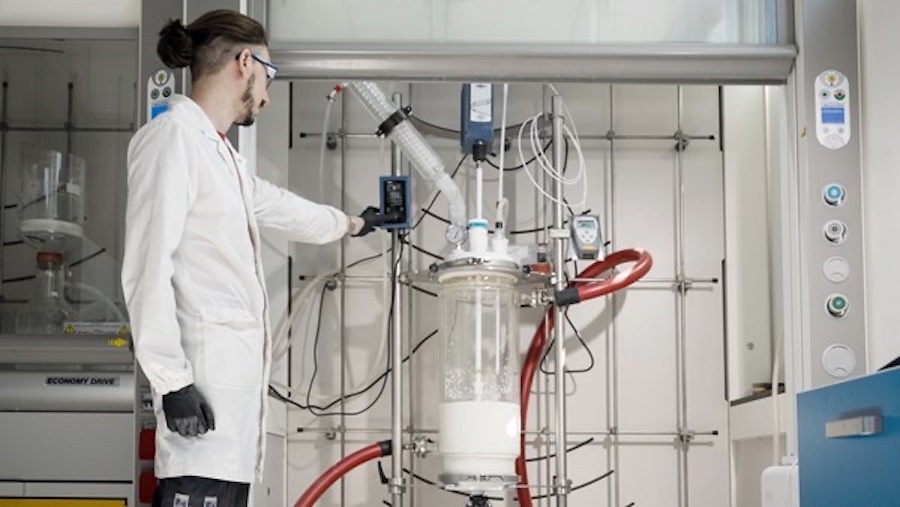#Market Analysis & Forecasts
South Asia geosynthetics market is poised to grow at CAGR of 12.2 % by 2033
Heightened Investments in Infrastructural Projects to Fuel the Adoption of Geosynthetics in South Asia: South Asia Geosynthetics Market to Touch US$ 4,982.8 million by 2033.
Geosynthetics are in high demand owing to accelerating projects for water containment and canaling in South Asia. Furthermore, developments of rail networks and road is also surging, thus generating the demand for geosynthetics. Geosynthetics are installed to absorb overlay stress, base reinforcement, subgrade stabilization, drainage facility, and filtration. With the help of geosynthetics, rail networks observe better stability and improved stress propagation.
Governments are also vigorously promoting the development of water containment projects owing to the constant demand for water the world over. Government bodies and private entities can also be seen significantly investing in infrastructural projects like airports, railways, roads, and ports. For this purpose, geosynthetics are being utilized due to their cost-effectiveness when it comes to pavement reinforcement, soil stabilization, and erosion control.
Growing environmental concerns and regulations have led to the adoption of sustainable construction practices. Geosynthetics offers solutions for environmental protection, waste management, and erosion control in line with the region’s sustainability goals.
The adoption of geosynthetics might be hampered due to the dearth of skilled labor for the utilization of geosynthetic materials in infrastructural projects. Additionally, oscillating prices of raw materials utilized in geosynthetic materials are also expected to restrict the acceptance of geosynthetic materials.
Top Highlights from the FMI’s Analysis of the South Asia Geosynthetics Market:
- FMI has spotted that the Australian market is expected to provide significant remunerative opportunities over the forecast period. The Australian market is estimated to offer a 6.7% market share in 2023.
- India is expected to leave behind all the other South Asian markets for geosynthetics. As per FMI estimates, India is expected to register a CAGR of 9.6% from 2023 to 2033.
- Based on product type, geotextile segment is expected to command a market share of 33.2% in 2023.
- Polyester material is popularly used in the production of geosynthetics. In 2023, the segment is anticipated to acquire 27.6%.
"In the latest comprehensive market research study on South Asia Geosynthetics Market, an analyst highlights a robust and growing landscape for geosynthetic products across the region. The report underscores key market trends, emerging opportunities, and competitive dynamics, providing stakeholders with valuable insights to make informed decisions in this dynamic sector." opines Nikhil Kaitwade, Associate Vice President at Future Market Insights (FMI)
How are Leading Manufacturers Optimizing their Strategies to Boost Revenue Streams?
Leading players in the market are zeroing in on their efforts to boost their visibility in countries where construction activities are thriving. Top companies are strategizing tie-ups with regional distributors, vendors, and construction companies to advertise their products.
Market players are focusing on introducing distinct geosynthetic materials for certain applications. Many market players are emphasizing making investments to lower their carbon footprint and are deploying plastic waste to produce geosynthetic materials. Thus, creating a trend of circular economy.
Rivalries are competing based on innovation, product quality, price, customer service, and technical support. Key participants can gain a competitive edge in the market by investing in research and development, product portfolio, creating strategic partnerships, and concentrating on customer satisfaction.
Core vendors are focusing on collaborating with engineering consultants, government agencies, and contractors to advertise the utilization of geosynthetics in infrastructure projects.
In October 2021, Geofabrics Australasia Pty Ltd., Australasia and New Zealand’s largest producer of geosynthetic products announced that it had obtained Plascorp Holdings Pty Ltd. The latter is a leading manufacturer of industrial products like polyvinyl chloride (PVC) pipe, steel reinforcement, ducting, and hose.
Key Companies Profiled
• Hueskar Synthetic GmbH
• GSE Environmental Inc.
• Geofabrics Australasia Pty. Ltd.
• Tensar International Corporation
• Polyfabrics Australasia Pty. Ltd.
• NAUE GmbH & Co. KG
• Global synthetics pty Ltd.
• Others
South Asia Geosynthetics Market Segmentation
By Product Type:
• Geotextile
• Geomembrane
• Geogrid
• Geonet
• Geosynthetic clay liner
• Geocomposite
• Other
By Material Type:
• Polyethylene (HDPE/LDPE/Others)
• Polypropylene (PP)
• Polyester
• Natural Fibers
• Others (PVC, Synthetic rubber, etc)
By Primary Function:
• Separation
• Drainage & Filtration
• Reinforcement
• Containment
By Application Type:
• Roads
• Railways
• Retaining wall
• Dams, Riverbacks, Waterworks
• Landfills and Erosion control
• Others
By Countries:
• India
• Association of Southeast Asian Nations
• Australia and New Zealand
• Rest of South Asia
https://www.futuremarketinsights.com/reports/south-asia-geosynthetics-market







